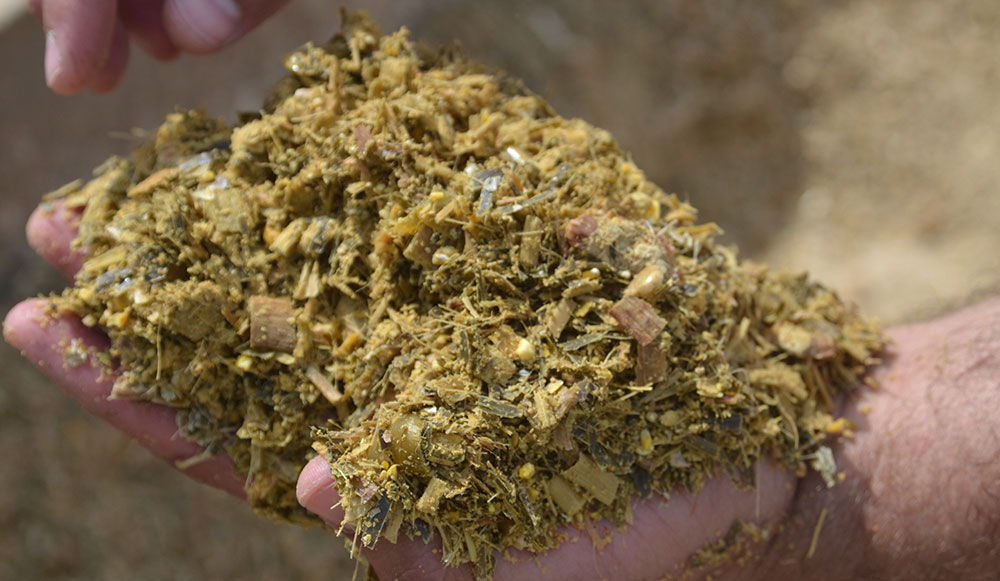
In The Cattle Markets
Feed prices in 2019.
The USDA Crop Progress report released June 3, 2019, showed that as of the week ending June 2, 2019, only 67% of corn had been planted, compared to 96% in 2018. The July, September and December 2019 CME corn futures market contracts have increased an average of $0.59 since May 1. The average May change over the last five years has been a decrease of $0.11. Given the significant decrease in plantings and the percentage of corn that has been planted late, corn prices may continue to increase. While the trade concerns with Mexico are the bearish indicators, the decrease in acres will likely have a greater impact.
Over the last five years, Mexico has taken an average of 24% of our exports. Twenty-four percent of the average five years of exports is 522 million bushels (bu.) of corn. If one assumes corn planting will be down 6 million acres to 86.8 million acres and we see a decrease of 2 bu. per acre to 174.6 bu. per acre yield, we would see a decrease in corn production of 554 million bu. Although the market may focus on the new news concerning Mexico and trade, the long-term effect (and in my opinion the more likely scenario) of lower acres and yield will eventually have the greater effect on prices.
In addition to a lower supply of corn, we will see continued decreases in high-quality hay. 2018 saw heavy rains and unpredictable weather. The decrease in production contributed to the decrease in U.S. hay stocks of close to 6% from 2017 to 2018. Given the late wet spring, first-cutting hay is smaller as forages were slow to start growing and were mature at lower height.
Feeding cost of gain is sensitive to corn and hay prices, as well as feed conversions. Regression results obtained by Michael Langemeier from Purdue University found each $0.10-per-bushel increase in corn prices increases feeding cost of gain by $0.87 per hundredweight (cwt.), and each $5 per ton increase in alfalfa prices increases feeding cost of gain by $0.55 per cwt. Using this, one can estimate that even if hay price and all other costs remain constant, cost of gain will increase by $5 per cwt. given the May increase in price of corn. This calculation assumes price remains at this level and feeders haven’t conducted any hedging activities, but it highlights the increased costs of feeding producers should expect.
Editor’s Note: Brenda Boetel is a professor in the Department of Agricultural Economics at the University of Wisconsin–River Falls and a contributor to the Livestock Marketing Information Center, which provided this article. Find more at lmic.info. Photo by Kasey Brown.























